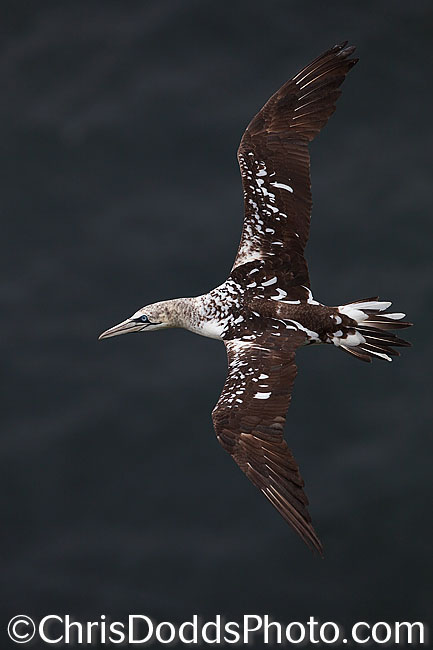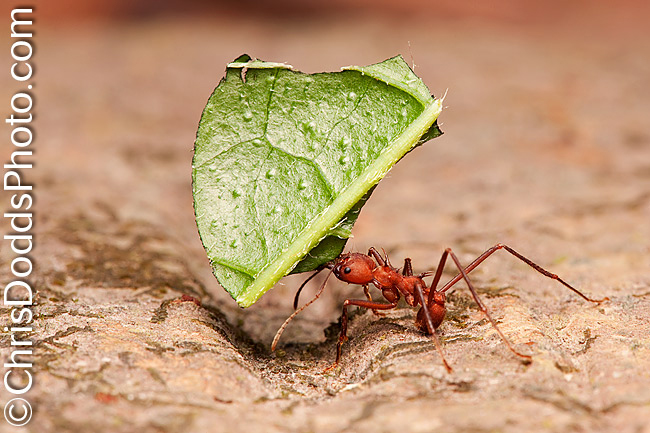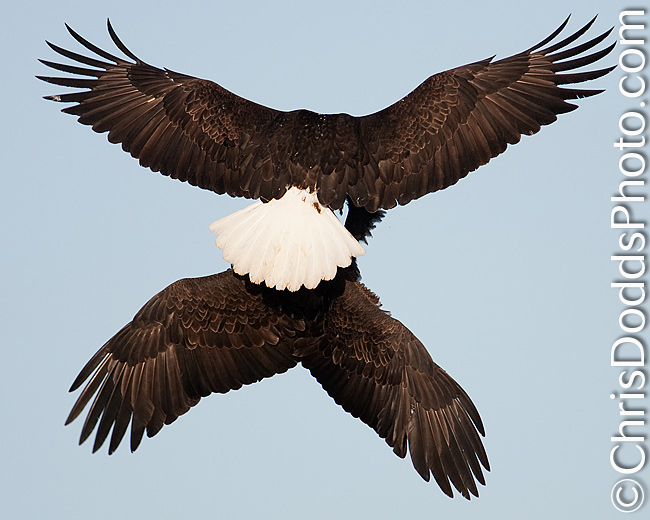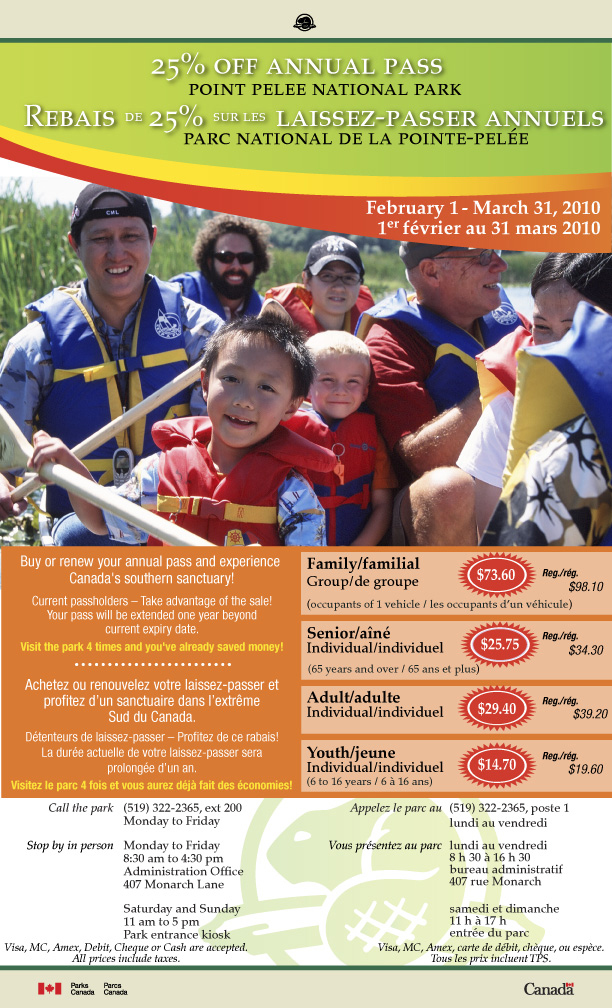
Northern Gannet second year Dorsal View, Morus Bassanus, Fou de Bassan Parc national de l'Île-Bonaventure-et-du-Rocher-Percé, Bonaventure Island, Quebec Image Copyright ©Christopher Dodds www.chrisdoddsphoto.com All Rights Reserved. Canon EOS 5D MKII, 300mm F2.8 IS Hand-held. ISO 250, F4 1/2500s Manual. Full Frame. CLICK HERE TO PURCHASE A PRINT or LICENSE IMAGE FOR PUBLICATION.

Northern Gannet third year Dorsal View, Morus Bassanus, Fou de Bassan Parc national de l'Île-Bonaventure-et-du-Rocher-Percé, Bonaventure Island, Quebec Image Copyright ©Christopher Dodds www.chrisdoddsphoto.com All Rights Reserved. Canon EOS 5D MKII, 300mm F2.8 IS Hand-held. ISO 250, F3.5 1/2500s Manual. Full Frame. CLICK HERE TO PURCHASE A PRINT or LICENSE IMAGE FOR PUBLICATION.

Northern Gannet fourth year Dorsal View, Morus Bassanus, Fou de Bassan Parc national de l'Île-Bonaventure-et-du-Rocher-Percé, Bonaventure Island, Quebec Image Copyright ©Christopher Dodds www.chrisdoddsphoto.com All Rights Reserved. Canon EOS 5D MKII, 300mm F2.8 IS Hand-held. ISO 250, F4 1/2500s Manual. Full Frame. CLICK HERE TO PURCHASE A PRINT or LICENSE IMAGE FOR PUBLICATION.

Northern Gannet fifth year Mature Adult Dorsal View, Morus Bassanus, Fou de Bassan Parc national de l'Île-Bonaventure-et-du-Rocher-Percé, Bonaventure Island, Quebec Image Copyright ©Christopher Dodds www.chrisdoddsphoto.com All Rights Reserved. Canon EOS 5D MKII, 300mm F2.8 IS Hand-held. ISO 250, F4.5 1/2500s Manual. Full Frame. CLICK HERE TO PURCHASE A PRINT or LICENSE IMAGE FOR PUBLICATION.
After spending more than 350 days ,over the years, up at the Northern Gannet colony on Bonaventure Island, I have quite a collection of images. Last year, I found a new spot to photograph vertical dorsal views of these striking seabirds. Spending time with your subject is the best way to study and learn about their every behavior. Always remember to try to cover every aspect of behavior and every age possible. Remember that you can turn your camera to vertical for a fresh perspective.
There are still a couple of spots left for the June 18-20, 2010 Gannets Galore Photo Safari Workshop
Viola Wildlife Photographer of the Year Competition
If you haven't done so already, there's still time to enter this prestigious competition. Entries can be submitted HERE until 9AM, Monday, March 8th, 2010. Be sure to read the new rules, most notably the need to submit images from a DSLR with a minimum 10 Mega pixel resolution. Why the new rules? ... Who knows? You are allowed to lightly crop your image, so perhaps the rule would have been better stated as a minimum file size, instead of making every image from the single most popular wildlife photography camera in recent history, the Canon EOS 1D Mark II (and the EOS 1D Mark IIN), ineligible.
Even when this was called the BBC Wildlife Photographer of the year, I though (and still do) that this competition should be called the wildlife IMAGE of the year competition. I really do feel that such a prestigious title should be awarded to the photographer with the best portfolio of wildlife images. One lucky shot shouldn't earn the title of Nature Photographer of the year in my humble opinion.
Canon EOS 5D Mark II Firmware Update 2.0.3
Canon has announced that the long awaited, video-related firmware for its EOS 5D Mark II will be available from mid-March. Firmware version 2.0.3 enables full 1080p HD video recording at 24, 25 and 29.97fps to match the PAL and NTSC broadcast standards. It also adds a new histogram display while shooting movies and allows users to manually control sound recording levels. Audio sampling frequency has also been increased to match broadcast material standards.
Press Release:
Canon adds 24 and 25fps HD Movie recording
to the EOS 5D Mark II with Firmware 2.0.3
London, 2nd March 2010 – Canon today pre-announces the release of a firmware update for the multiple award-winning EOS 5D Mark II. Originally announced in late 2009, the update adds 24* and 25 frames per second (fps) recording to the camera’s EOS MOVIE video function, and will be available as a free download from the middle of March.
Developed following feedback from photographers and cinematographers, Firmware 2.0.3 further enhances the EOS 5D Mark II’s excellent video performance. The addition of new frame rates expands the camera’s video potential, providing film makers with the ability to shoot 1080p Full HD footage at 24fps (actual 23.976fps) – the optimum frame rate for cinematic video. 25fps support at both 1920x1080 and 640x480 resolutions will allow users to film at the frame rate required for the PAL broadcast standard, while the new firmware will also change the 30fps option to the NTSC video standard of 29.97fps.
A new histogram display for shooting movies in manual exposure, shutter-priority (Tv) and aperture-priority (Av) have been added, and exposure modes will also be available in movie mode. Improved audio functionality will allow users to set sound record levels manually using a sound-level meter displayed on the LCD screen. The audio sampling frequency has also been increased from 44.1KHz to 48KHz, providing the optimum audio signal typically required for professional or broadcast material.
With its full frame CMOS sensor and compatibility with Canon’s wide range of premium lenses, the EOS 5D Mark II is already recognised for its outstanding HD video performance. Launched in September 2008, the camera immediately created a wide range of new possibilities for photographers and videographers, and the addition of new frame rates and manual audio levels extends those possibilities even further – allowing movie makers to shoot stunning movies to suit practically any creative purpose.
Extreme sports photographer Richard Walch was one of the first to be given the chance to use the newly updated EOS 5D Mark II to shoot the snowboarding movie “I Love My Friends”. Commenting on the EOS 5D Mark II’s video performance, Richard said: “The addition of the new frame rates opens up a whole new range of possibilities. If you’re a cinematographer, independent film maker or just enthusiastic about making your own movies, get out there and give it a try”.
“I Love My Friends” shot by Richard Walch on the EOS 5D Mark II with the new firmware includes a look behind the scenes video is available to view at http://www.canon-europe.com/eos5dmarkII.
The firmware will be available to download from mid-March from the Canon website http://www.canon.com/eos-d/























